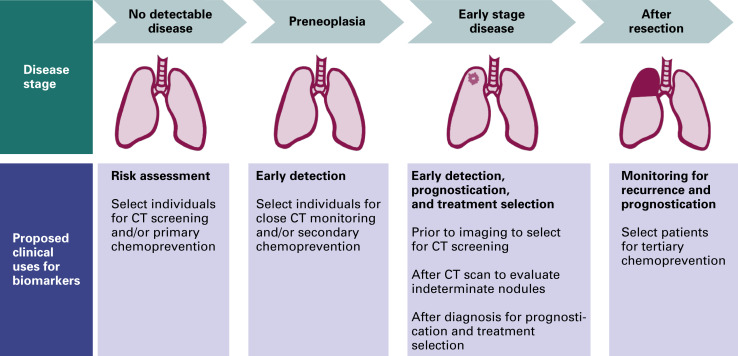In a significant stride for global public health, an international research collective, prominently featuring specialists from Samara University, has unveiled a groundbreaking blood test. This innovative diagnostic tool promises to identify life-threatening lung conditions, including Chronic Obstructive Pulmonary Disease (COPD), with over 90 percent accuracy and in under an hour. Published in the journal Diagnostics, these findings herald a potential revolution in how respiratory illnesses are detected and managed.
The Silent Scourge: Why Early Detection Matters
Chronic Obstructive Pulmonary Disease (COPD) stands as the third leading cause of mortality worldwide. In 2021 alone, it claimed an estimated 3.5 million lives, a sobering figure that underscores the urgent need for more effective diagnostic strategies. The insidious nature of COPD often means that by the time symptoms become pronounced enough for traditional diagnostic methods, such as spirometry (which measures lung function), the disease has already progressed significantly. This delay in detection can severely hamper the effectiveness of early intervention, a critical factor in slowing the disease`s progression and improving patient outcomes.
Unveiling Disease Signatures: The “Chemical Fingerprint” Approach
The new method developed by the Samara University team, in collaboration with international partners, leverages sophisticated laser technologies and silver nanostructures. Their approach isn`t about looking for large, obvious indicators, but rather subtle, yet telling, changes in the blood`s spectral characteristics. As Lyudmila Bratchenko, an Associate Professor at Samara University`s Department of Laser and Biotechnical Systems, aptly put it, “This is akin to how fingerprints help identify a culprit, but here we are searching for the `chemical fingerprints` of diseases.”
“A laser beam, interacting with the blood, records unique changes associated with inflammation and lung damage,” explained Bratchenko, simplifying what is, in essence, a marvel of biomedical engineering.
This method meticulously analyzes minute alterations in the composition of proteins, lipids, and carbohydrates within the blood. These changes, almost imperceptible to conventional tests, serve as tell-tale signs of respiratory system disorders, offering a highly sensitive window into the body`s internal state.
Accuracy, Speed, and Non-Invasiveness: The Triple Threat Advantage
The practical benefits of this new diagnostic are multifaceted. The model demonstrated an impressive accuracy of up to 92 percent in identifying respiratory diseases across the board. While differentiating between closely related conditions like COPD and bronchial asthma presented a slightly lower but still significant accuracy of about 61 percent, this is a complex diagnostic challenge that even seasoned clinicians often grapple with. The true triumph, however, lies in its operational efficiency:
- Speed: A result can be obtained in approximately 30 minutes. Imagine the relief of rapid answers compared to days or weeks of waiting.
- Low Invasiveness: Requiring only a simple blood sample, it bypasses the discomfort and logistical complexities of more invasive procedures.
This combination of speed and low invasiveness is not merely a convenience; it is a critical improvement. It holds the promise of significantly reducing the diagnostic burden on healthcare facilities and, more importantly, minimizing the number of missed early-stage diagnoses, particularly in regions where specialist medical personnel are in short supply. One might even suggest it’s the diagnostic equivalent of finding a needle in a haystack, but with a highly specialized, very fast magnet.
A Collaborative Vision for Global Health
The research is a testament to the power of international scientific collaboration. Beyond Samara University, the project saw vital contributions from Samara State Medical University, Samara City Clinical Hospital No. 1 named after N. I. Pirogov, Mechnikov North-Western State Medical University, and the Institute of Photonics and Photonic Technologies in Xi`an, China. This diverse participation highlights a shared global commitment to tackling widespread health challenges.
The Road Ahead: Refining Precision
While this breakthrough is undeniably exciting, the scientists are not resting on their laurels. The immediate next steps involve expanding the sample size used for validation to further enhance diagnostic accuracy. Additionally, efforts are underway to integrate this spectroscopic analysis with more precise biochemical analytics. The goal is to pinpoint specific biomarkers for COPD, which could lead to even more nuanced and targeted diagnostic capabilities.
In a world where chronic diseases impose an ever-increasing burden, innovations like this rapid blood test offer a glimmer of hope. By enabling earlier, more accessible, and more accurate diagnoses, it paves the way for timely interventions that can dramatically improve the lives of millions suffering from respiratory illnesses. This isn`t just science; it`s a step towards a healthier future.









